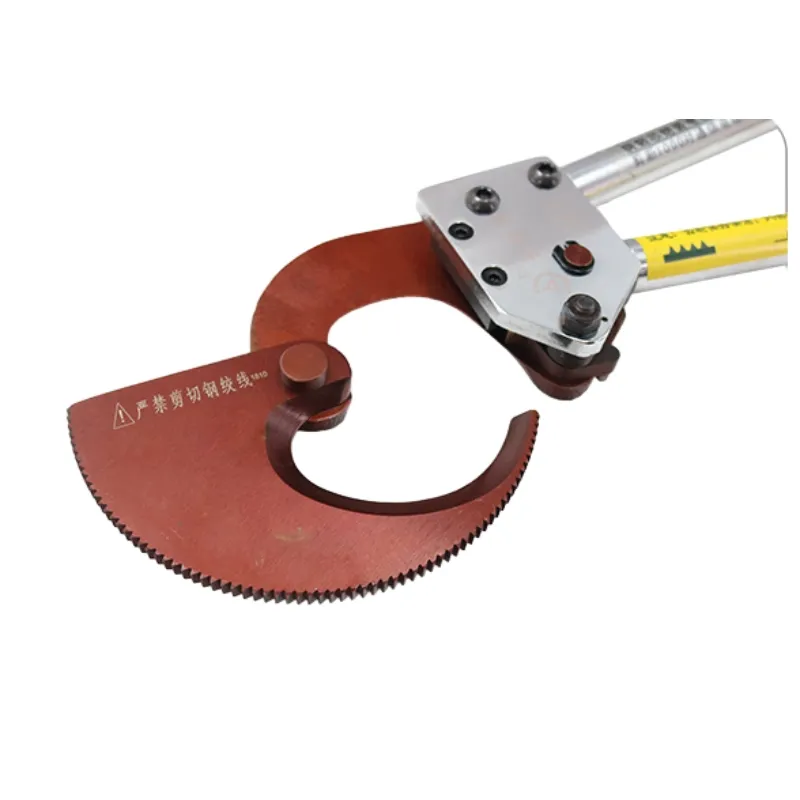
-
 Afrikaans
Afrikaans -
 Albanian
Albanian -
 Amharic
Amharic -
 Arabic
Arabic -
 Armenian
Armenian -
 Azerbaijani
Azerbaijani -
 Basque
Basque -
 Belarusian
Belarusian -
 Bengali
Bengali -
 Bosnian
Bosnian -
 Bulgarian
Bulgarian -
 Catalan
Catalan -
 Cebuano
Cebuano -
 Corsican
Corsican -
 Croatian
Croatian -
 Czech
Czech -
 Danish
Danish -
 Dutch
Dutch -
 English
English -
 Esperanto
Esperanto -
 Estonian
Estonian -
 Finnish
Finnish -
 French
French -
 Frisian
Frisian -
 Galician
Galician -
 Georgian
Georgian -
 German
German -
 Greek
Greek -
 Gujarati
Gujarati -
 Haitian Creole
Haitian Creole -
 hausa
hausa -
 hawaiian
hawaiian -
 Hebrew
Hebrew -
 Hindi
Hindi -
 Miao
Miao -
 Hungarian
Hungarian -
 Icelandic
Icelandic -
 igbo
igbo -
 Indonesian
Indonesian -
 irish
irish -
 Italian
Italian -
 Japanese
Japanese -
 Javanese
Javanese -
 Kannada
Kannada -
 kazakh
kazakh -
 Khmer
Khmer -
 Rwandese
Rwandese -
 Korean
Korean -
 Kurdish
Kurdish -
 Kyrgyz
Kyrgyz -
 Lao
Lao -
 Latin
Latin -
 Latvian
Latvian -
 Lithuanian
Lithuanian -
 Luxembourgish
Luxembourgish -
 Macedonian
Macedonian -
 Malgashi
Malgashi -
 Malay
Malay -
 Malayalam
Malayalam -
 Maltese
Maltese -
 Maori
Maori -
 Marathi
Marathi -
 Mongolian
Mongolian -
 Myanmar
Myanmar -
 Nepali
Nepali -
 Norwegian
Norwegian -
 Norwegian
Norwegian -
 Occitan
Occitan -
 Pashto
Pashto -
 Persian
Persian -
 Polish
Polish -
 Portuguese
Portuguese -
 Punjabi
Punjabi -
 Romanian
Romanian -
 Russian
Russian -
 Samoan
Samoan -
 Scottish Gaelic
Scottish Gaelic -
 Serbian
Serbian -
 Sesotho
Sesotho -
 Shona
Shona -
 Sindhi
Sindhi -
 Sinhala
Sinhala -
 Slovak
Slovak -
 Slovenian
Slovenian -
 Somali
Somali -
 Spanish
Spanish -
 Sundanese
Sundanese -
 Swahili
Swahili -
 Swedish
Swedish -
 Tagalog
Tagalog -
 Tajik
Tajik -
 Tamil
Tamil -
 Tatar
Tatar -
 Telugu
Telugu -
 Thai
Thai -
 Turkish
Turkish -
 Turkmen
Turkmen -
 Ukrainian
Ukrainian -
 Urdu
Urdu -
 Uighur
Uighur -
 Uzbek
Uzbek -
 Vietnamese
Vietnamese -
 Welsh
Welsh -
 Bantu
Bantu -
 Yiddish
Yiddish -
 Yoruba
Yoruba -
 Zulu
Zulu


Dec . 05, 2024 14:16 Back to list
'connecting earth cable to earth rod - measuring wheel'
Connecting Earth Cable to Earth Rod A Guide for Proper Grounding Practices
Grounding is a critical aspect of electrical systems, ensuring safety and protecting equipment from electrical surges. Among the primary components of a grounding system are the earth rod and the earth cable. This article will explore the process of connecting an earth cable to an earth rod, emphasizing the importance of proper techniques and measurements, particularly in relation to using a measuring wheel.
Understanding the Components
1. Earth Rod An earth rod is a long metal rod, usually made of copper or galvanized steel, that is driven into the ground to create a low-resistance path for electrical currents. It serves as a grounding point, dissipating excess voltage safely into the earth. The effectiveness of an earth rod depends largely on its length, material, and the soil conditions where it is installed.
2. Earth Cable The earth cable connects the electrical system to the earth rod. It is typically made of copper or aluminum and must have a sufficient cross-sectional area to handle fault currents without overheating. The cable should be insulated properly to protect against electrical shock and corrosion.
The Importance of Proper Connections
Connecting the earth cable to the earth rod is not just about ensuring electrical continuity; it's about safety. A poorly connected earth rod can result in dangerous voltages appearing on equipment enclosures, leading to electric shocks or even fires. Therefore, the connection must be secure and made with appropriate materials that can withstand environmental factors.
Step-by-Step Connection Process
'connecting earth cable to earth rod - measuring wheel'

2. Driving the Earth Rod Use a hammer or a driving tool to install the earth rod vertically into the ground. It should be driven deep enough to ensure good conductivity with the surrounding soil. The top of the rod should be at or just below the ground surface.
3. Measuring the Distance Utilize a measuring wheel to measure the distance from the electrical system (e.g., a distribution board) to the installed earth rod. This measurement is vital to determine the length of earth cable required. Remember to account for any bends or obstacles in your planned cable route.
4. Cutting the Earth Cable Based on your measurement, cut the earth cable to the required length. Make sure to leave a little extra length for adjustments.
5. Connecting the Cable to the Earth Rod Strip the ends of the earth cable to expose enough metal for a firm connection. Securely attach one end of the cable to the earth rod using a suitable connector (e.g., a clamp). Ensure the connection is tight to minimize resistance.
6. Connecting to the Electrical System Connect the other end of the earth cable to the appropriate terminal in the electrical panel or distribution board. Again, ensure a secure and tight connection.
7. Testing the Grounding System Once the connections are complete, it’s crucial to test the grounding system. Use a multimeter to measure resistance between the earth rod and the electrical panel. A reading below 25 ohms is generally acceptable for most installations.
Conclusion
Connecting an earth cable to an earth rod is a task that requires attention to detail and adherence to safety practices. Using a measuring wheel is crucial for obtaining accurate distances, ensuring that the earth cable is neither too short nor excessively long. Proper grounding reduces the risk of electrical hazards and contributes to the overall safety and reliability of electrical installations. Whether you're a seasoned electrician or a DIY enthusiast, following these outlined steps will ensure a secure and effective grounding connection.
Latest news
The Unique Design of Cable Socks
NewsJun.04,2025
Swivel Connectors in Industrial Automation
NewsJun.04,2025
Safety Features of Link Sticks
NewsJun.04,2025
How to choose the best cable pulling winch for sale
NewsJun.04,2025
Fish tape safety precautions
NewsJun.04,2025
Essential Maintenance Tips for Cable Pulling Tools
NewsJun.04,2025











